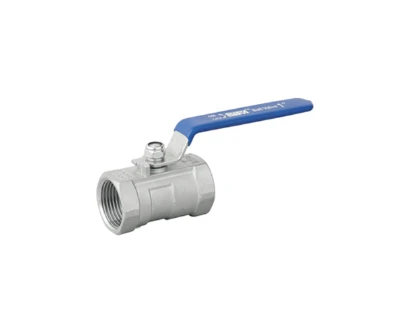Feb . 12, 2025 20:51
Selecting the right butterfly valve for your application can be a nuanced decision, especially when evaluating lug style versus wafer style valves. Each type offers specific advantages and considerations based on operational needs, making it vital to understand their differences to ensure optimal performance and reliability.

The lug style butterfly valve is distinguished by its robust construction, featuring threaded inserts (or lugs) on both sides of the valve body. This design allows it to be bolted directly into a piping system using two sets of bolts, which can be a crucial benefit in certain scenarios. For instance, in situations where sections of piping need to be removed without disrupting the entire system, lug style valves support this requirement effectively. Their ability to maintain a consistent seal whenever sections of downstream piping are absent, adds an extra layer of operational flexibility. Additionally, their design inherently supports dead-end service applications without compromising pressure ratings, making them ideal for systems that require maintenance or modifications.
In contrast, wafer style butterfly valves offer a more compact and lightweight alternative. They are sandwiched between two pipe flanges and use the pressure of the surrounding flow to maintain a seal around the valve's disc. This style is advantageous in applications where space constraints are significant or where systems require less structural support. Despite their smaller footprint, wafer style valves provide effective sealing capabilities, largely due to advancements in materials and engineering designs. However, they typically rely on the presence of pipe flanges on both sides to maintain effective sealing and positioning, which can limit their use in some specific system layouts.

When it comes to cost considerations, wafer style valves generally offer an economical choice over lug style valves, both in terms of initial purchase price and installation expenses. This economic advantage often makes them attractive for large-scale projects where budget constraints are tight. Nonetheless, one must weigh these cost benefits against the specific application requirements and long-term maintenance considerations.
lug vs wafer style butterfly valve
In terms of expertise, understanding the distinct use cases for each type of valve is critical. Lug style valves are preferable in systems where flow isolation and maintenance capabilities are frequently required. Their design allows sections of the pipeline to be easily isolated without affecting the entire system, enhancing operational efficiency. They are also typically fabricated from robust materials designed to withstand high pressures, emphasizing their reliability in demanding industrial environments.
Trust and reliability are paramount in valve selection, especially in industries where precision and safety are non-negotiable. The choice between lug and wafer style butterfly valves should be guided by a detailed examination of the application's mechanical environment, pressure, temperature, and composition of the media being controlled. Working closely with manufacturers and suppliers who possess extensive knowledge and a strong reputation in the industry can greatly enhance the decision-making process, ensuring that the chosen valve meets or exceeds operational requirements while minimizing risks associated with failure or inefficiency.
Furthermore, authoritativeness in this domain is supported by reputable industry standards and certifications. When selecting between these valves, verifying compliance with established ASTM, ANSI, or ISO standards can provide additional assurance regarding the valve's quality and performance capabilities. Consulting with experts who have substantial experience in fluid dynamics and process engineering can also provide valuable insights into the most suitable type of valve for specific applications.
Ultimately,
the decision between lug and wafer style butterfly valves should not be hurried. Each style presents unique attributes that can significantly impact system performance, and their selection must be aligned with the application’s technical and operational requirements. By leveraging expertise, maintaining a focus on reliability, and engaging with authoritative sources, stakeholders can ensure that their choice delivers lasting and effective results.


 Call us on:
+86-311-86935302
+86-311-86935302
Call us on:
+86-311-86935302
+86-311-86935302
 Email Us:
info@thriveonvalve.com
Email Us:
info@thriveonvalve.com South of Huanmadian Village Town, Ningjin County, Xingtai, Hebei Province, China
South of Huanmadian Village Town, Ningjin County, Xingtai, Hebei Province, China